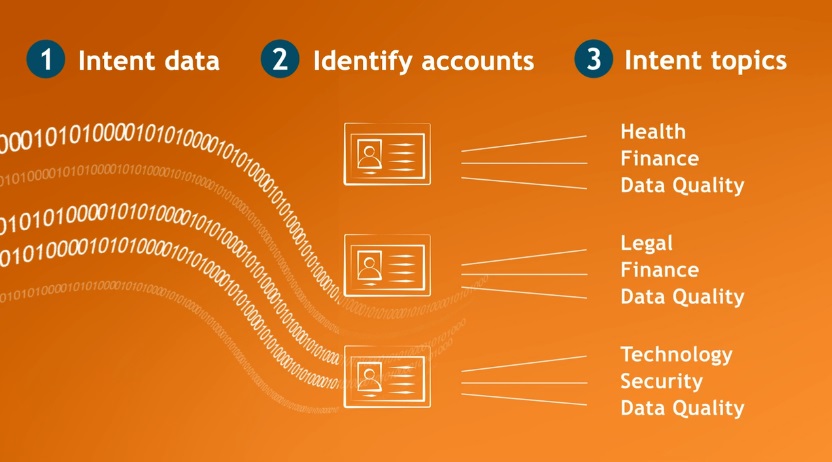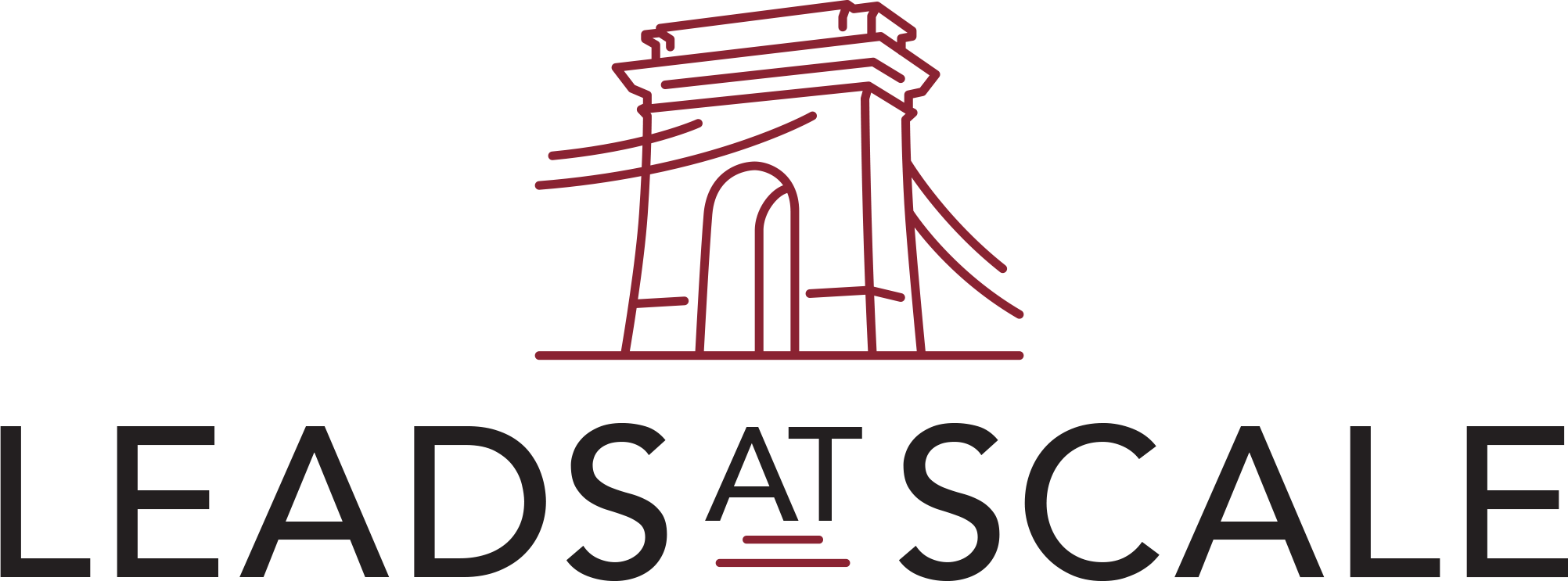How do B2B clients choose a potential vendor these days? They conduct extensive web research independently before contacting a salesperson, leaving data along their journey.
It’s B2B intent data.
B2B intent data illustrates the user’s readiness to purchase. It enables you to determine:
- what the users want
- which factors influenced their purchase decision
- whether a prospect is interested in buying your (or similar) products, solutions, or services.
But where do you get it? Special services track the behavioral data potential customers leave. So, you can determine the buyer’s place in the sales funnel using cookies from digital sources. Intervene at the right time, and you’ll increase conversions, boost sales, and build stronger customer relationships.
This article will introduce five different ways to leverage buyer intent data. But before we proceed, let’s define outbound sales and how you can apply B2B intent data to them.
Outbound Sales in Connection with B2B Intent Data
Outbound sales mean the company initiates the dialog with the client. For example, it may be cold calling or more intended communication after the prospect fills out a form, engages with the content, or subscribes to the email newsletter.
How can you influence the purchasing decisions of B2B clients? As a seller, you have to act proactively. It means you should anticipate your prospects’ desire to engage with you and prevent their money from going to your competition.
How? You’ll need to know their demands to make informed decisions, that is, to analyze the B2B intent data.
Why is intent data so crucial? Having access to what B2B clients expect allows you to initiate contact with prospects and create a successful outbound strategy.
Suppose a customer wants to buy something your business offers. They might not have seen your website yet, but you can encourage them to do it. So, if you leverage B2B intent data, you may increase conversions as the buyers are more interested in purchasing the product or service.
What Are the Three Types of Intent Data?
First-Party Intent Data
This type of intent data allows you to collect website visitors who interact with the digital content. This information comes straight from the marketing tools, such as:
- a CRM
- website cookies
- email tracking
- marketing automation
- social media monitoring technologies.
It’s certainly an excellent starting point because you already observe this data and have complete access to it. First-party intent data enables you to accomplish a lot. However, it’s limited to website visitors, complicating the expansion of your reach.
You can communicate with prospects interested in your solution. But how do you reach out to those who haven’t found your website yet? You’ll need second-party and third-party intent data.
Second-Party Intent Data
It’s first-party data but gained from another company. Where do you buy first-party data to make it your second-party data? Some review sites, such as TechTarget and G2, provide this service.
Second-party intent data gives you more insights, but it’s still limited to these services. It’s not as accurate as third-party intent data, often compiled and confirmed from several sources.
Third-Party Intent Data
Third-party intent data is the information from a network of sources collected by data aggregators and platform providers. For example, two common third-party intent data vendors are Demand Gen Report and Bombora.
How do they get this information? They use cookies and IP to see the purchase intent. Such providers sift through website data and send it to consumers using a spreadsheet, list, or direct API connection.
The benefits of third-party intent data are the ability to reach new prospects and audiences that you wouldn’t have otherwise. But it’s not unique. Your competitors can also purchase third-party intent data from the same provider. Plus, you can’t control the quality of the received intent data.
How can a business get the most up-to-date, accurate, and validated information? Opt for AI-driven data platforms rather than traditional aggregators.
Top 3 Buyer Intent Data Tools to Determine the Ideal Leads
There are various prominent buyer intent data tools, and here are some of them:
- Bombora
Bombora’s service identifies businesses, the topics they investigate, and how actively they conduct their research. It then evaluates these signals to help your sales and marketing teams prioritize target accounts and personalize communication.

- 6sense ABM/ABX
The 6sense ABM/ABX platform serves B2B revenue departments with the power of big data, artificial intelligence, and machine learning. 6sense allows you to generate customized and multi-channel advertising by identifying anonymous purchasing behaviors.
- Albacross
The buyer intent data provided by Albacross gives you all the needed information to reveal your potential buyers. You can engage them with the desired offers early on, influence their decision at a late stage, and get notified when they are ready to buy.
The mentioned above technologies are integrated into your business software, such as:
- CRM
- account-based execution software
- marketing account intelligence software
Then your marketing and sales teams can maximize the value of the intent data to generate quality leads. While prospecting is the major use case of B2B intent data, let’s look at a few more examples of its application.
5 Ways to Generate Quality Leads and Improve ROI with B2B Intent Data
Locating Potential Clients
B2B intent data helps you assess whether the content you create is relevant to your intended buyers.
How do you figure out what your B2B audience wants? Keep track of how users interact with information on your site and which channels they employ.
For example, you may opt for a headless commerce approach to make your website more accessible and scalable for growing users’ demands. It will make your website easier to deploy on various platforms, be it smartphones, tablets, voice assistants, and so on.
If a particular issue or type of content converts more visitors, you can focus on more relevant topics for them. The data from other resources help you get the main idea and take additional steps to improve it, resulting in the desired actions.
It also reveals how urgently people intend to purchase. So intent data can stimulate you to make smarter decisions and increase ROI (return on investment) in each case.
Setting Goals for Prospects
You understand what your prospects expect and provide relevant content. They come to the website and leave first-party data. That’s when you need to use first-party data leads to maximize their conversion potential and generate income.
Implement a solid lead scoring model. It entails assigning a score to visitors depending on their activities, indicating whether or not they are ready to purchase.
Case in point, add five points to their total if they browse a service page. Add five more if they get a copy of your company’s overview in PDF format. Do they visit a pricing page? Plus ten extra points. It indicates the highest interest in purchase from the examples above.
When they reach a specific limit, the marketing and sales departments will receive a notification.
Prospect prioritization allows you to:
- assist clients in completing their customer journey;
- focus your marketing effort where it is most needed;
- Increase sales productivity.
Providing an Online Experience That Is Extremely Personalized
B2B companies are looking for a more personalized experience. According to research, 62% of marketers aim for hyper-personalization as the next step in marketing strategies.
What are their plans for taking customization to the next level? It entails delving deeper into their target audience’s primary interests, needs, behaviors, and demographics.
How can intent data help them in hyper-personalization? It displays what your prospects are looking for or what they are researching right now. Analyze it and determine their issues or pain points. Can your product or service solve them?
It helps you hone targeting for digital ad campaigns. For example, you see that a particular group of leads has started the checkout process multiple times but then abandoned it. They have higher intent and are more likely to be further down the funnel.
Build more relevant ads for such users by targeting them. If visitors don’t express buying intent, you can show them lighter content, such as educational posts.
Enhancement of Customer Service
Lead generation can’t exist without excellent customer service. Your B2B marketing team can leverage intent data to analyze:
- behavior patterns
- changes in an online activity
- prospects research behavior
- to name a few.
As a result, marketers will create more valuable content and deliver more effective communication. It enables them to communicate with customers more efficiently across various platforms, including:
- social media
- the website.
Use intent data to predict churn and assess retention, strengthening the relationship between your brand and its customers. Assume that clients begin looking for alternatives or competitors. Intent data tools notify you about it, allowing you to intervene and improve the client experience.
Predicting Buying Patterns
Intent data gives you a detailed picture of a prospect’s buying habits. It allows marketers to reach out to potential customers when they’re interested in their services or even before they’ve expressed a desire to buy.
For example, it offers real-time prospect accounts and extensive online behavior and activity assessments. You can also predict where your prospects will be in the conversion funnel and whether they’re open for cross-sale opportunities. It requires customizing follow-up communications and tracking important KPIs.
You can upload your customer list into the software and discover who’s looking for what. If it’s what your business sells, and they haven’t purchased it from you yet, it’s your chance to step in.
You may send automated lead nurturing emails and take other pre-programmed activities based on the prospects’ intent or level of interest. How are you going to do it? Integrate intent data into your marketing automation software or customer relationship management system.
Email marketing is where 73% of B2B marketers use intent data. And 62% say it’s helpful in lead nurturing and personalization workflows.
To Wrap Up
Why do you need to utilize B2B intent data? Intent data impact your overall marketing and sales operations. It results in more precise and dynamic lead generation when handled correctly.
However, leveraging intent data isn’t limited to lead generation. It also improves your planning, decision-making, and ROI. Isn’t it a competitive advantage in a world where B2B clients rely more heavily on customer experience?



